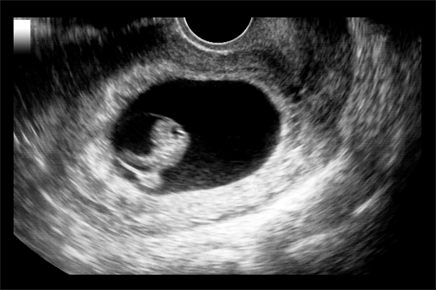

Sometimes bubbles form and float around the kitchen unintentionally while you do the dishes. Dish SoapĮveryone at some point or another has messed around with dish soap to create bubbles. You’re going to need just 1/4 cup of corn syrup for your bubble mixture.

This will give a bit of extra durability to your bubbles and help them avoid breaking as they freeze. The role it has in your bubble mixture is to thicken up the consistency. It is an ingredient commonly used in baked goods, candies, jellies, ice cream, and more. Corn SyrupĬorn syrup is essentially the sugar derived from corn starch. Some prefer to use warm water when mixing ingredients together as it can help ingredients blend together.

In this frozen bubble experiment, you’ll get to see O turn from a liquid to a solid right in front of you as the solution freezes.įor your bubble mixture, 1.5 cups of water is a good amount to make a solution that you can use throughout the winter. Water can also exist in three different states: solid, liquid, and gas. This diagram of water molecules will help you visualize how water molecules are constructed and the way they stick together. That’s why water blends together with itself so easily as opposed to molecules staying separate as if they were a pile of sand. Water molecules that find themselves next to each other will bond together naturally with a hydrogen bond. If you remember from grade school science, water consists of two hydrogen atoms and one oxygen atom, bonded together by a covalent bond. Water is an essential ingredient to your mixture because of its ability to freeze. Then, you can try out substitutions or experiment with your own scientific ideas to create the perfect solution. Learn what each ingredient does and start with this list as a base. These ingredients each serve a purpose in bubble formation and freeze-bility.

While more than one solution can work for creating frozen bubbles, there are certain ingredients that tend to be a part of each mixture. What Are the Ingredients For a Frozen Bubble Solution? This how-to guide will offer tips for the best mixtures for creating frozen bubbles, multiple bubble blowing techniques, games to play with frozen bubbles, and a little science behind the magic of crystallization. It’s time for science and nature to impress you with their intricate and precise natural reactions. Not only does it result in a beautiful crystallized orb, but it’s a chance to exercise the scientific part of your brain. Creating frozen bubbles is a fun activity for the whole family to try this winter. But it’s actually a rare opportunity to partner with nature and watch a liquid turn into a solid right in front of your eyes. Here is what you need to know about creating beautiful frozen orbs this winter: Why Blow Bubbles in Winter?īlowing bubbles outside might not be the first activity to come to mind during the dead of winter. Blowing bubbles in winter is an entirely different experience that you need to try. Giant bubbles created with hula hoops and a kiddie pool is a classic summer camp favorite. Traditionally it’s associated with blue skies and warm weather, at summer picnics perhaps. It’s something that’s hard not to get a kick out of (for children and adults alike). Just about everyone has experienced the simple joy of blowing bubbles at some point or another.


 0 kommentar(er)
0 kommentar(er)
